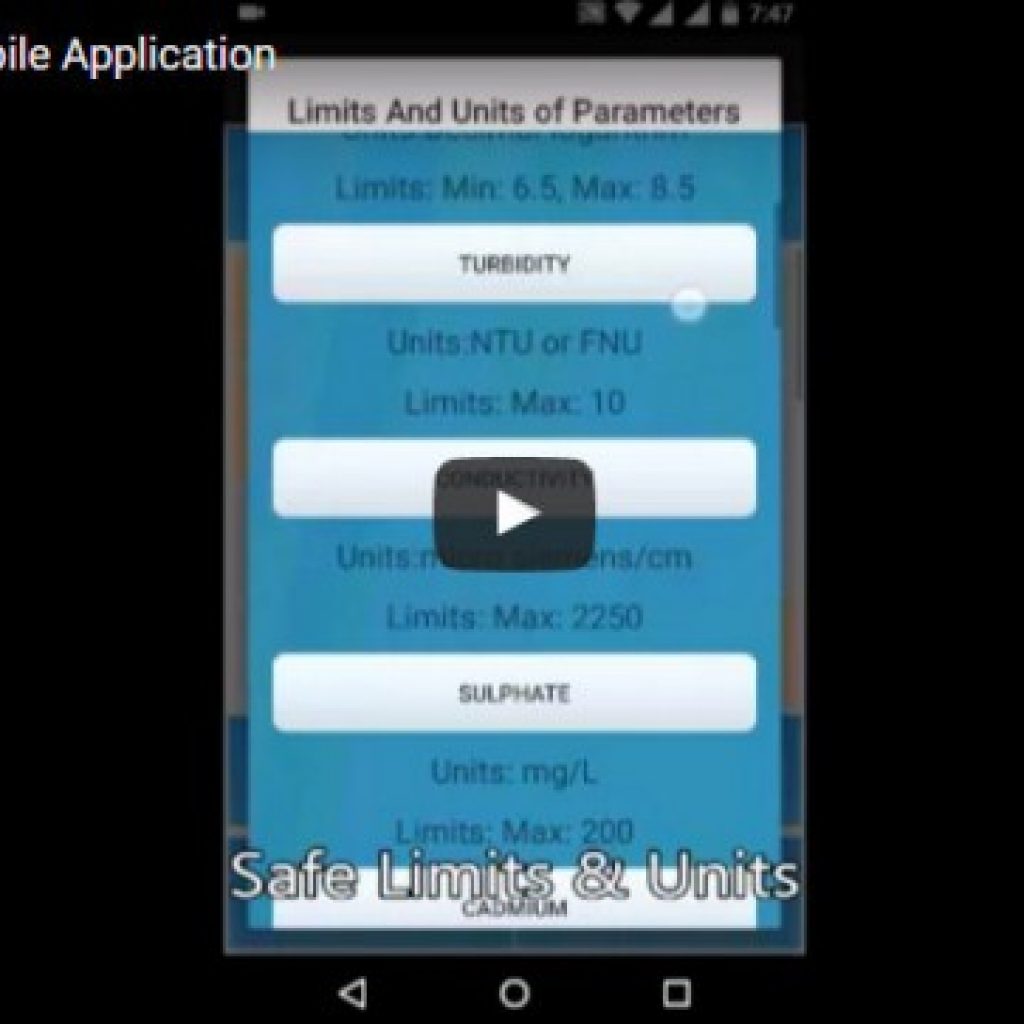
An Indian research-based team in IBM has made an app called “Ganga Watch”. The app will measure the condition of water in the Ganga basin and beyond Water. It is intended for the common public who want to see water condition and safe limits, as well as relevance based on different purposes.
Our vision in this regard is that India’s river data be as easily available as her rivers’ water. This means any historical data and new real-time sensing data be accessible for lay users as well as technical people to drive their decisions, whether individual like bathing, health or agriculture; or institutional like sewage treatment, industry inspection or dolphin conservation said IBM Research Team.
First, a quick refresher on data. It can be quantitative in nature meaning expressed as numbers (like pH = 0.78) or qualitative, meaning expressed as a set of discrete labels (like trash level is low, medium and high). A reality of data management is that there is nothing like absolutely good or bad data. It takes one piece of data to decide if a second piece is good or bad, and further, one has to have a purpose in mind to decide whether a piece of data is relevant for their purpose or not.
Ganga Watch is a prototype app towards this vision of making water data usable and accessible to people. GangaWatch uses new real-time sensing data we collected from water bodies in 2015.
It also gratefully uses open public data from sites like Indian open data which promote reuse, and more can be added by anyone using a public web or programmatic interface. Information about safety limits and purposes are taken from CPCB and BIS guidelines.




The app can be matured in many ways. To name a few, it currently uses only quantitative data but qualitative data can be incorporated from other apps like NeerBandhu.
The first version assumes the user knows the implications of different water parameters and advanced analytics can help simplify things further. Finally, one can simplify data management using semantic web concepts so that data from different agencies can be dynamically accessed without the need to centralize them
